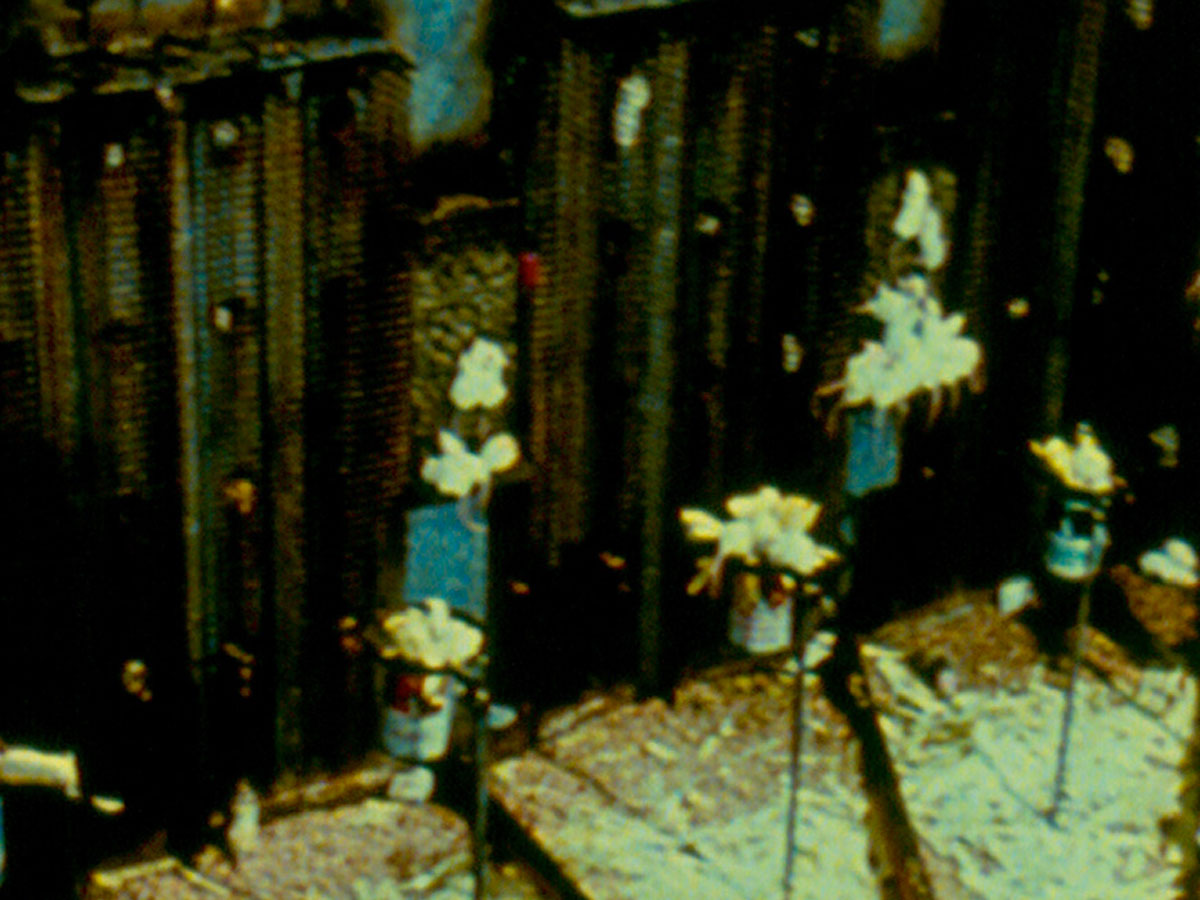
females often kill their cubs and moved to the top slot, hermits became aggressive and refused to reproduction. However, the aggression was not, paradoxically, is directed only at others, not less aggressiveness manifested itself in relation to their children.

As a result, the female began to show aggression and often fight, protecting offspring. Although they occasionally attacked any other individuals from the community "rejected" or on any other mice.įemales who are preparing for the birth, became more and more nervous as a result of the growth of passivity among the males, they become more vulnerable to random attacks. After the expulsion of the males broke psychologically, they showed less aggression, did not want to protect their pregnant females and perform any social role. So often aggression was aimed at a new generation of individuals born in the tank. The lack of appropriate social roles has been caused by the fact that under ideal conditions the mouse tank lived long aging mice did not make room for the young rodents. Les Miserables consisted mainly of young individuals, who did not find for themselves the role of the social hierarchy in the mouse. To distinguish a group of "outcasts" could be bitten by the tails, tear hair and traces of blood in the body. There was a category of "outcasts" who were being driven in the center of the tank, they often become victims of aggression. It has become physically less space than before. At this point in the tank were about 600 mice formed a hierarchy and some social life. Starting with the 315 days of the experiment, the population growth rate has slowed down significantly, and now the number has doubled every 145 days, which marked the entry into the third phase C. This is the stage of exponential growth of the population size in the tank under ideal conditions, the number of mice doubling every 55 days. The period of development of Calhoun called phase A, but since the birth of the first Young began the second stage B.

The experiment started with a moment of space inside the tank four pairs of healthy mice, which took quite a bit of time to get used to, to realize in what a mouse tale they were, and begin to multiply rapidly. However, such a large number of mice had not been in the tank, the maximum size of the population observed at the level of 2200 mice. Space for mice was more than enough, the first problem of the lack of shelter can only occur when a population size of over 3840 individuals. food and water security system was so thought out that the 9500 mice could eat at the same time without experiencing any discomfort, and 6144 mice consume water, and without experiencing any problems. The experimental mice were under the constant supervision of veterinarians, their health status is constantly monitored. Each week the tank was cleaned and maintained in a constant state of cleanliness, all necessary safety measures have been taken: eliminates the appearance of predators in the tank or the occurrence of massive infections. Inside the tank to maintain a constant comfortable temperature for mice (+20 ° C), present in abundant food and water, created numerous nests for the females. It was created a tank size of two by two meters and a height of half a meter, where guinea could not get out. Calhoun built a haven for mice in the laboratory. The aim of the experiment "Universe-25" was to analyze the effect of population density on the behavioral patterns of the rodents. His most famous experiment that made us think about the future of a whole generation, he held in 1972 in conjunction with the National Institute of Mental Health (NIMH).

His research John Calhoun has acquired a certain fame in the 60s, as many people in the Western countries that have experienced post-war baby boom, began to think about how overpopulation affect public institutions and for each person in particular. As a result of numerous experiments on the rodent colonies Calhoun has formulated a new term, "behavioral sink» (behavioral sink), indicating the transition to a destructive and deviant behavior in terms of overpopulation and overcrowding. Calhoun invariably chose rodents, although the ultimate goal of the research was always a prediction for the future of human society. Why did this happen? And what are the lessons of this is to bring mankind?Īmerican scientist ethologist John Calhoun has held a number of fascinating experiments in the 60-70 years of the twentieth century. However, as a result of the whole colony of mice died. Experiment "Universe-25": a paradise became hellįor the population of mice within a social experiment created a haven: unlimited supplies of food and drink, the absence of predators and disease, enough space for breeding.


 0 kommentar(er)
0 kommentar(er)
